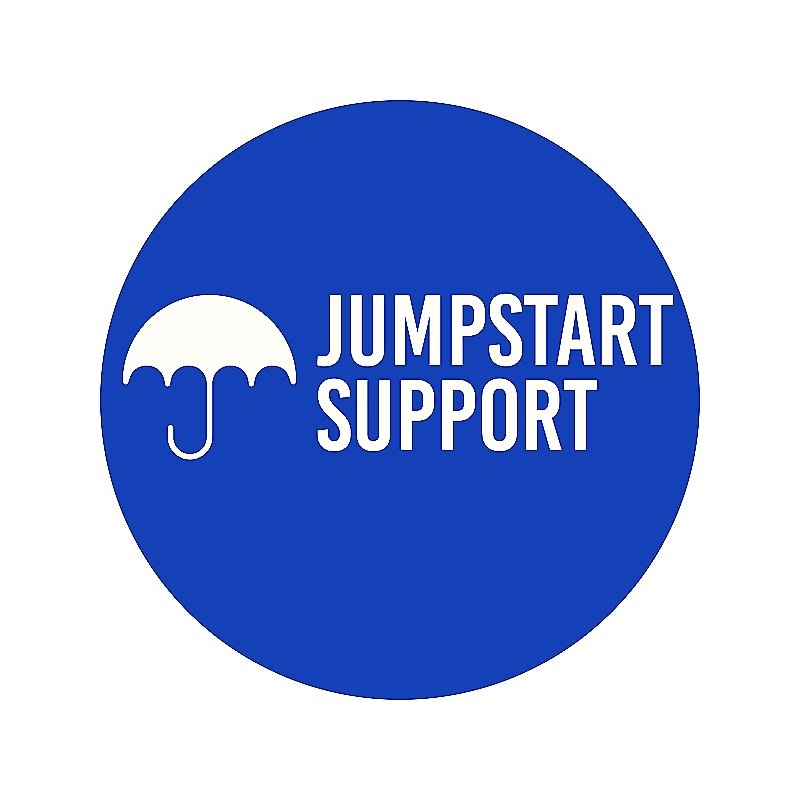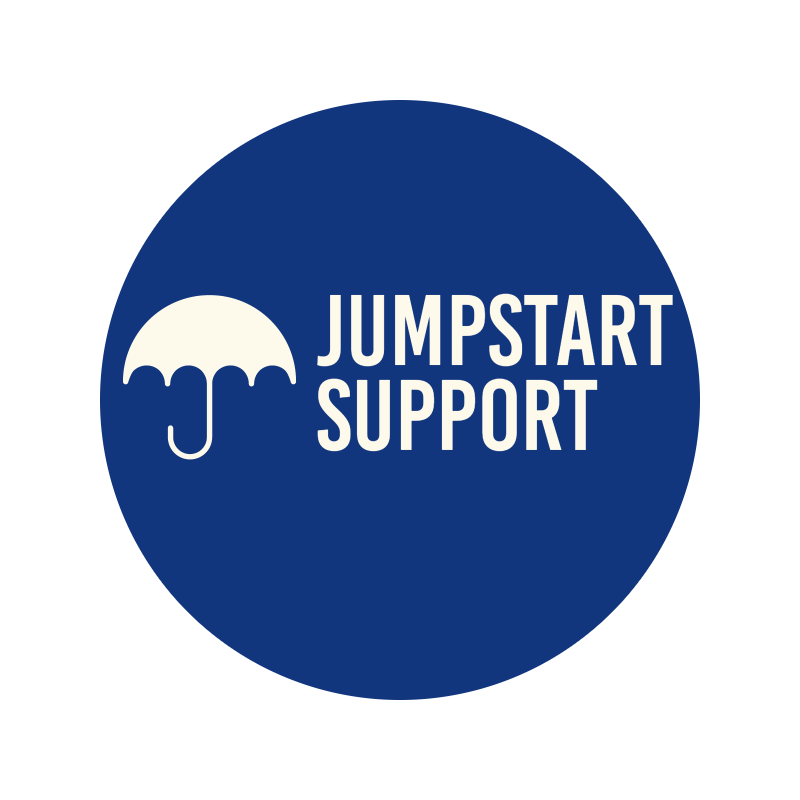Breaking Barriers: How to Advocate for Neurodiversity Inclusion in Your Organisation
Organisations are continually striving to create diverse, equitable, and inclusive workplaces, recognizing the immense value that a range of perspectives and experiences can bring. In the quest for diversity, one crucial area that is often overlooked is neurodiversity—yet the potential harnessed from a neurodiverse workforce is vast and untapped. In this comprehensive guide, we will explore what neurodiversity means, why it’s essential, and how you can champion inclusion in your workplace.
Understanding Neurodiversity in the Workplace
Neurodiversity encompasses a spectrum of neurological differences, including, but not limited to, autism, ADHD, dyslexia, and Tourette syndrome. While traditional workplaces have been designed for neurotypical individuals, it’s critical to understand that neurodiverse individuals bring unique strengths such as creativity, problem-solving, and attention to detail. It’s high time to shatter the misconceptions and appreciate the varied talents and contributions of neurodiverse individuals.
The Strengths of Neurodiverse Individuals
Studies have consistently demonstrated that neurodiverse individuals possess strengths that are particularly valuable in the modern workplace. These may include:
Pattern Recognition: Neurodiverse individuals often excel in recognizing and analysing patterns, making them ideal for roles in data analysis, software testing, and more.
Concentration and Focus: Many neurodiverse individuals can maintain intense focus on tasks that neurotypical individuals might find challenging to sustain, leading to exceptional work output and quality.
Innovative Thinking: Their unique perspectives and ability to think outside the box can solve complex problems and drive innovation within organisations.
Addressing Misconceptions
Unfortunately, stereotypes often inform hiring and workplace attitudes. It's a common misconception that neurodiverse talent is less capable. The reality, however, is that with the right support and environment, neurodiverse employees can not only do well but can often outperform their peers in several areas.
Barriers to Neurodiversity Inclusion
Despite the potential for success, there are significant barriers that prevent neurodiverse individuals from thriving in the workplace. These barriers can be categorised into two main groups:
Recruitment Process Challenges
Current recruitment processes, which often include group interviews, social cues assessment, and other neurotypical-biassed activities, can be a significant challenge for neurodiverse job seekers. These barriers can lead to talented candidates being overlooked or unable to showcase their true potential.
Organisational Hurdles
Once hired, neurodiverse employees often struggle with the lack of accommodations, understanding from colleagues and management, and appropriate support. This can lead to high turnover rates and a decrease in the organisation's capability to leverage the strengths of their diverse workforce.
Strategies for Inclusive Recruitment
There is not a one-size-fits-all approach to inclusive recruitment. Each organisation must tailor their strategies to accommodate the specific needs and talents of neurodiverse individuals.
Tailoring Recruitment Processes
Adapting recruitment processes to be more inclusive can significantly widen the pool of applicants. Techniques such as skills assessments and virtual interviews can reduce the emphasis on social interaction and the performance anxiety that many neurodiverse individuals face in typical interview scenarios.
Training and Resource Provision
A well-informed HR and management team is essential to creating a truly inclusive environment. Providing training on neurodiversity and the skills needed to support diverse employees is paramount. Resources such as online materials, workshops, and contact with neurodiversity advocacy groups can offer valuable insights and tools.
Leveraging Technology
Technology can level the playing field for neurodiverse employees, providing tools and software that support their specific needs. From speech-to-text applications for those with dyslexia to project management software that helps maintain focus and organisation, the options are diverse and can often be simple to implement.
Success Stories and Best Practices
To illustrate the benefits of a neurodiverse workforce, it’s useful to highlight successful examples and the practices that have led to their achievements.
Real-life Examples of Inclusive Workplaces
Numerous companies have reaped the rewards of neurodiverse inclusion. For instance, software companies that have hired individuals with autism have seen a significant increase in the quality and efficiency of their products. These successes reflect the positive impact of creating a supportive environment.
Best Practices in Neurodiverse Hiring and Inclusion
Organisations that excel in neurodiverse inclusion often:
Begin with leadership buy-in and a clear commitment to diversity initiatives.
Work closely with advocacy groups to develop informed policies and practices.
Foster mentorship programs that support neurodiverse employees and raise awareness among the broader employee population.
Call to Action
The call to action here is crystal clear. It's time to champion the cause of neurodiversity in the workplace. Whether you're a recruiter, a manager, or an employee, you have a role to play in fostering an inclusive environment. Be the voice for change within your organisation, challenge outdated practices, and support initiatives that celebrate the unique abilities of neurodiverse individuals.
To further this conversation in your workplace, we are here to help. Please reach out to us with your inquiries and stories of your inclusive strides. Let's work together to break barriers and create a more equitable and successful future for all.
In conclusion, advocating for neurodiversity inclusion is not just about meeting a diversity quota; it’s about harnessing the incredible talents of all individuals, regardless of neurology. The benefits extend beyond the individual to enrich the culture and achievements of an organisation as a whole. It’s a future worth investing in, and the time to act is now.

